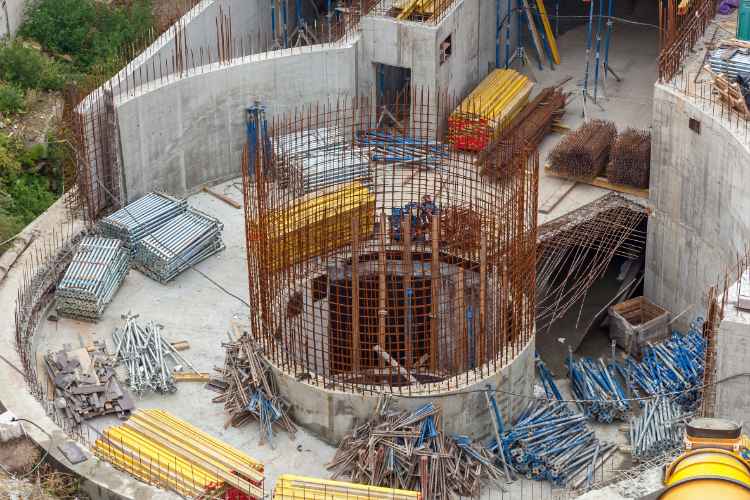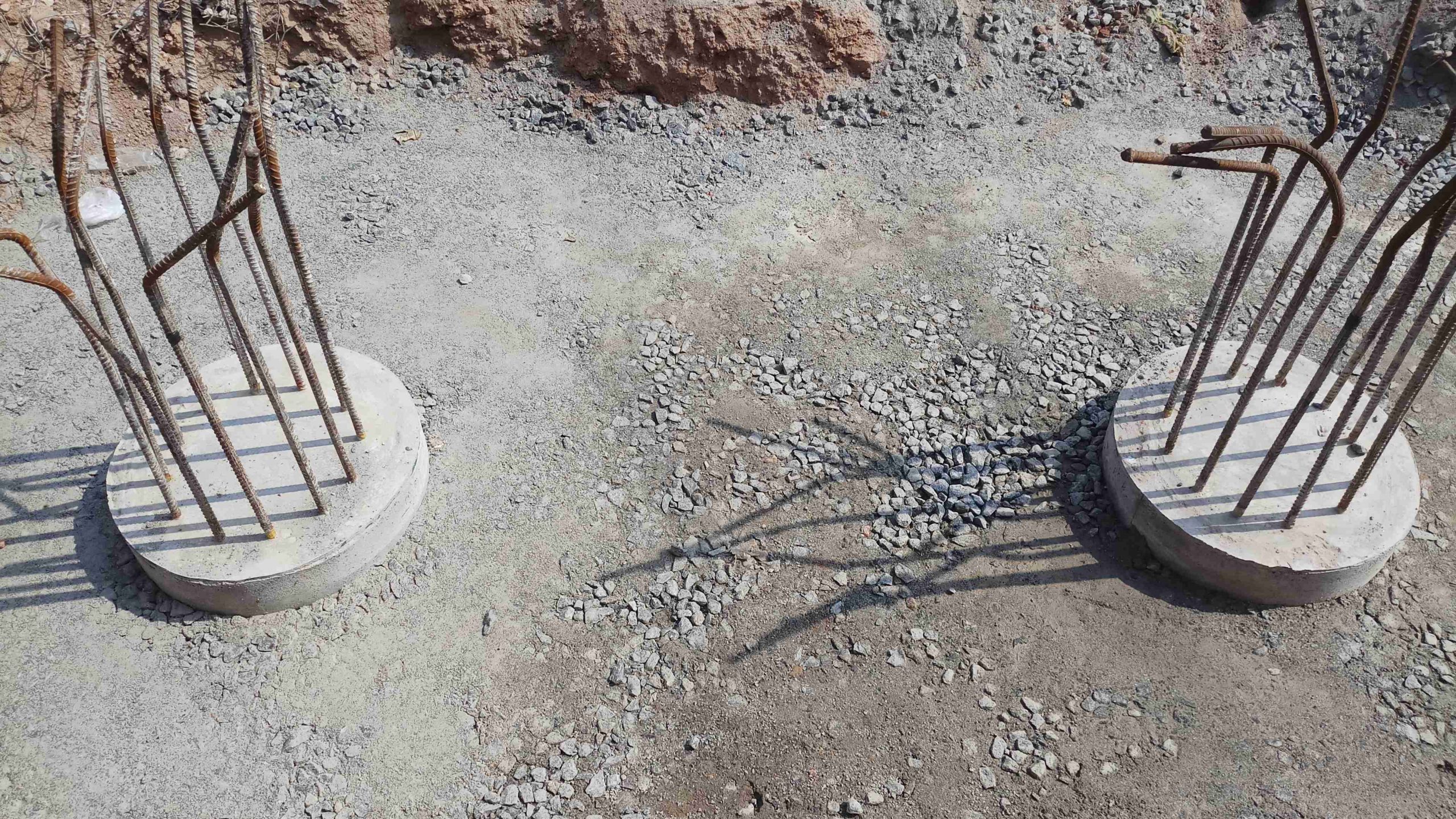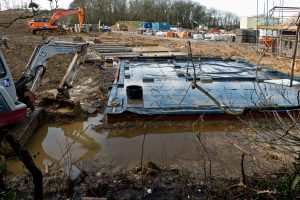Did you know that approximately 10-15% of all structural failures are attributed to foundation issues? In constructing a strong and stable structure, the foundation is everything. Among various foundation types, the pile foundation stands out as a reliable solution, especially for projects involving weak soil conditions or heavy loads. But how do you choose the right pile foundation for your project? This article will walk you through the critical considerations, types of pile foundations, and how to make an informed decision to ensure your structure’s longevity and safety.
What Are Pile Foundations?
A pile foundation is a deep foundation system used to transfer the load of a structure through weak or compressible soil layers into stronger, more stable soil or rock at greater depths. Piles are long, slender columns made from materials like concrete, steel, or timber, driven or drilled deep into the ground. This foundation type is essential when shallow foundations aren’t viable due to poor soil conditions, high water tables, or heavy structural loads.
Key Factors to Consider When Choosing a Pile Foundation

1. Soil Conditions
The most critical step in selecting a pile foundation is understanding the soil profile at your project site. Conducting a thorough geotechnical survey is non-negotiable. it reveals soil type, bearing capacity, groundwater levels, and potential challenges like expansive clay or collapsible soils.
For example, if you encounter loose, sandy soils, driven piles or displacement piles may be preferable. On the other hand, in very soft clay, bored piles could be better suited to avoid excessive displacement.
2. Load Requirements
The structural load—both dead loads (permanent) and live loads (variable)—is a major factor. Heavy industrial facilities or multi-story buildings require piles with higher load-bearing capacities. The pile type must be selected based on its ability to transfer these loads safely to deeper soil layers.
If the structure involves vibration-sensitive equipment, a carefully chosen pile type and installation method are essential to minimize disturbance.
3. Type of Piles
Understanding the different pile types and their applications can guide your choice:
- Driven Piles: Precast concrete, steel, or timber piles driven into the ground by impact or vibration. Suitable for dense soils but may cause noise and vibration.
- Bored (Drilled) Piles: Concrete piles cast in drilled holes, ideal for sites with high noise restrictions or where vibration must be minimized.
- Micro-piles: Small-diameter piles for limited space or difficult ground conditions.
- Composite Piles: Made of two or more materials to leverage benefits of each.
Each type has pros and cons relating to cost, installation time, environmental impact, and suitability for specific soil conditions. You can read more on different types of pile in this article.
4. Environmental and Site Constraints
Urban sites with limited access or environmentally sensitive zones may restrict pile types and installation methods. For example, driven piles may be ruled out due to noise or vibration regulations, making bored piles a better option.
Similarly, high groundwater levels may require waterproofing considerations or specialized piling techniques.
5. Cost and Time Considerations
While initial costs are important, consider the long-term durability and maintenance. Sometimes, a slightly more expensive pile foundation upfront can save costs associated with settlement issues or repairs later.
Additionally, tight project timelines may favor pile types with faster installation methods.
6. Regulatory Compliance and Standards
Ensure that the selected pile foundation complies with local building codes and standards, such as ASTM standards or Eurocode 7 for geotechnical design. Professional consultation ensures adherence and safety.
Practical Steps to Select the Right Pile Foundation
- Conduct a Detailed Geotechnical Investigation: Start by engaging a reputable geotechnical engineering firm to analyze soil characteristics.
- Evaluate Structural Requirements: Work closely with structural engineers to understand the load and functional needs.
- Assess Environmental Constraints: Review site-specific factors like noise restrictions, space limitations, and environmental concerns.
- Compare Pile Types: Consider technical feasibility, costs, and installation impact.
- Consult Experienced Professionals: Choose a geotechnical firm experienced in your project type for recommendations.
- Review Past Case Studies: Reviewing projects similar to yours can provide valuable insights.
- Ensure Compliance and Safety: Verify that the design meets all regulatory requirements.
The correct choice impacts not only the structural integrity but also the overall project cost and timeline. A poor choice can lead to foundation failure, excessive settlement, or costly redesigns. Pile foundations also affect environmental factors like noise, vibrations, and ground water flow, which may have community and regulatory repercussions.
Selecting the right pile foundation is a complex but essential step in construction that demands a careful balance of soil conditions, load requirements, environmental constraints, and budget considerations. For a successful project outcome, partner with AOA Geo-Net, a leader in geotechnical engineering with deep expertise in designing and implementing pile foundations tailored to your specific project needs.




